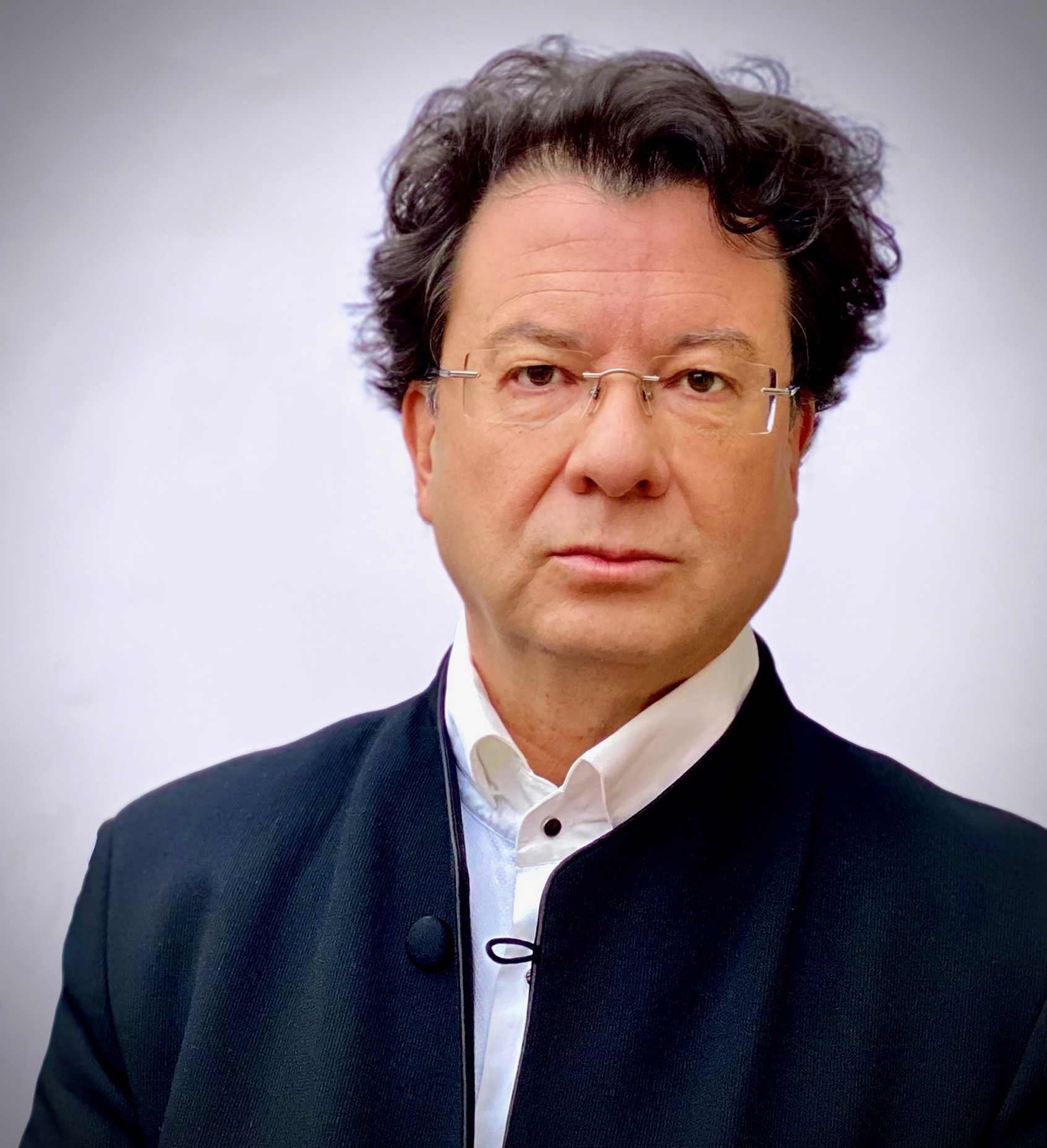

Mauricio Sotelo
Si después de morir ...
Short instrumentation: 2 2 2 2 - 4 2 3 1 - perc(3), str(12 10 8 6 4)
Duration: 18'
Text von: José Ángel Valente
Dedication: in memoriam José Ángel Valente (1929–2000)
Solos:
voice (cantaor or alto), flute
Instrumentation details:
1st flute (+alto fl)
2nd flute (+picc
bass fl)
1st oboe
2nd oboe
1st clarinet in Bb
2nd clarinet in Bb (+bass cl(Bb))
1st bassoon
2nd bassoon (+cbsn)
1st horn in F
2nd horn in F
3rd horn in F
4th horn in F
1st trumpet in C
2nd trumpet in C
1st trombone
2nd trombone
3rd trombone
contrabass tuba
1st percussion
2nd percussion
3rd percussion
violin I(12)
violin II(10)
viola(8)
violoncello(6)
contrabass(4)
Sotelo - Si después de morir ... for voice (cantaor or alto), flute, sound carrier and orchestra
Printed/Digital
Translation, reprints and more

Mauricio Sotelo
Sotelo: Si después ...Orchestration: für Stimme (Cantaor oder Alt), Flöte, Tonträger und Orchester
Type: Studienpartitur
Language: Spanisch
Sample pages
Audio preview
Work introduction
In July 2000, during a meeting with young Mexican composers in my home at San Lorenzo de El Escorial, I received the news of the death of the great poet José Ángel Valente. The orchestral work that I was writing at that time then took on a new direction and became a lament in memory of my departed friend. Elegía: fragmento, one of his last poems – written indeed when he had already almost crossed the waters to the far bank of Lethe – would now provide the scaffolding around which I would build the tonal memorial that I was planning to construct for the poet. A flamenco voice, that of Arcángel in this case, and the voice of the poet himself, which we had recorded in the studio a few weeks before his death, would ring out within that vault or crypt.
Si después de morir, as the work was entitled, a quotation from the first line of the poem, was awarded the Queen Sofía Prize for Musical Composition in December of that same year and received its first performance in Madrid on 19 September 2001, given by the Spanish Radio and Television Orchestra, conducted by Antoni Ros-Marbá, in the presence of – if I may say so – a visibly moved Queen Sofía herself.
The instrumental texture of the work is one of great timbral complexity, though it is presented with crystalline clarity to allow the clear (auditory) vision of the full potent and vibrant range of the voice of the cantaor. This voice part, written partly in traditional notation and partly in proportional or spatial notation, moves into a space or atmosphere of seguiriya and toná, always employing the same micro interval material as the rest of the orchestra. And so we perceive a complex texture, an entity into which the voice is woven like an additional thread, sometimes with an almost instrumental function.
Voice or silence. A place that harbours within it the poetic idiom of Valente, a matrix within which that idiom germinates, appears and finally sprouts through the throat of the 'cantaor', as his own voice now, as a mystery or 'cante'. And it is as if we recall the masters of the Hebrew Talmud tradition that Valente found so much pleasure in evoking, as did Luigi Nono: "What is sacred dwells in the letters, but it is revealed only in the spoken, vibrated, sung word."
Mauricio Sotelo, 2003
